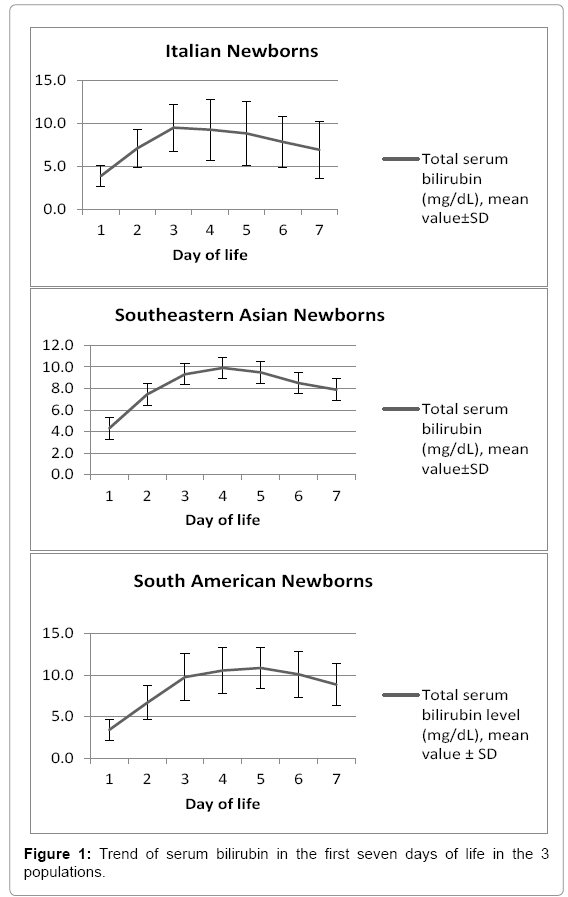
It is a sign of NEONATAL HYPERBILIRUBINEMIA.
Pathological jaundice in newborn skin#
Yellow discoloration of the SKIN MUCOUS MEMBRANE and SCLERA in the NEWBORN.

In a minority of cases it is classified as non-physiologic, appearing in the first twenty four hours after birth, and is associated with underlying diseases including hemolytic disorders, polycythemia, and cephalohematoma. In the majority of cases, it appears in the first week of life and is classified as physiologic due to accelerated destruction of erythrocytes and liver immaturity. Jaundice that appears during the neonatal period.

Moyer (2000) Arch Pediatr Adolesc Med 154:391-4.Confirming observation with transcutaneous or Serum Bilirubin is preferred.Visual inspection alone has low Test Sensitivity (misses cases of severe Hyperbilirubinemia).Visually inspect skin with Vital Signs (at least every 8 hours).


 0 kommentar(er)
0 kommentar(er)
